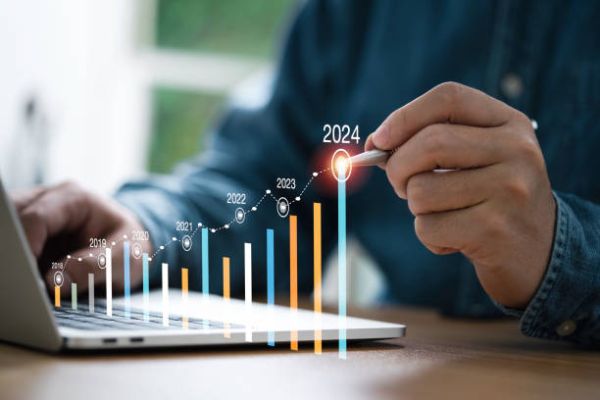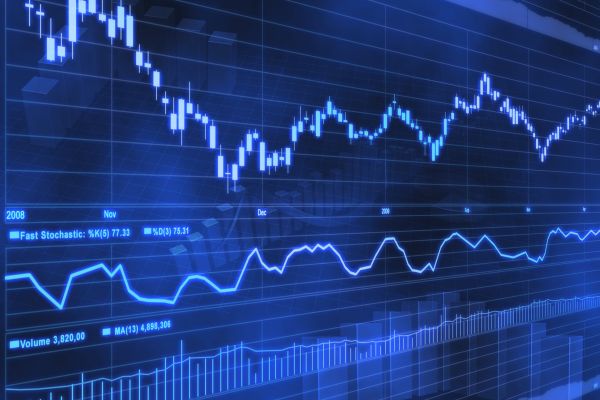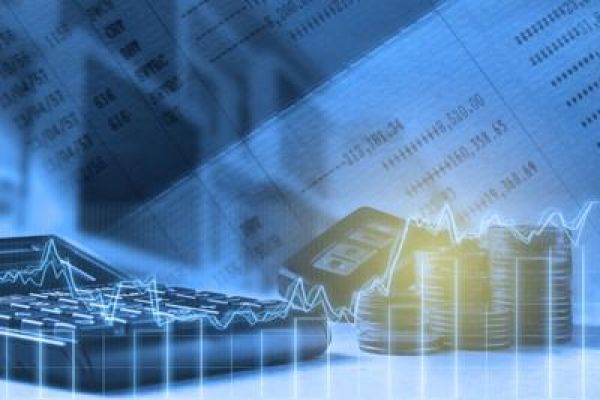Introduction to Development of Supply and Use Tables and Social Accounting Matrices (SAM)
TRAINING DATES: 21st-25th July 2025
COUNTRY: Ghana-Accra
Overview
This course provides a strong theoretical foundation and hands-on experience in building Social Accounting Matrices according to the new recommendations of System of National Accounts 2008. The content of the course focuses on building a SAM using the Supplier User tables, balance of payments data, fiscal data, household surveys consolidated into one balanced table.
The Social Accounting Matrix is a critical table for multiplier models, sectorial linkage analysis and macroeconomic forecasting, and for building and calibrating CGE models to conduct impact analyses of public policies. It is also critical for trade analysis to analyse forward and backward linkages between sectors—or identifying sectors where the public sector would gain the most through investment. In addition, these tables have also got wide application in the areas of trade and global value chains as well as climate change issues. Knowing how to develop these tables therefore is a unique skill for any statistician working with the Statistics department.
The course objective would therefore be to enhance the understanding of the SAMS especially in the following areas.
- Theory of Social Accounting Matrices (Leontieff, Input-output etc, Multiplier analysis)
- Supply-Use Tables
- Input-Out Tables
- Development of Social accounting matrices
- Balancing techniques for Social accounting matrices
- Practical applications of social accounting matrices
- Multiplier analysis
GVC Analysis
Course Content
| Session/Day | Lecture Topic | Lab session |
|---|---|---|
Module 1 | The National Statistical System -System of National Accounts 2008 -Supply and Use Table (SUT) -Integrated Economic Account (IEA) -Transaction Matrices (TM) -Flow of Funds (FF) | -To developing Simple SUTS -Checking for consistency of SUTS -Developing flow of funds |
Module 2 | The input-output tables and social accounting matrices – Input-Output Matrices (IOM) -Social accounting matrices (SAM) – Introduction to modeling with matrices. -Interpretation and analysis of the matrices. | Multiplier analysis using IO tables |
Module 3 | Derivation of accounting multipliers. – Interpretation of multipliers. – Impact assessment using multiplier analysis. – Scenario building and single and multiple objective instruments. – Forward and backward linkages | Multiplier analysis Forward and backward linkages multipliers Global value chains computations |
Module 4 | Structural Path Analysis – Additive and multiplicative decomposition. – Derivation of the multiplicative decomposition. | Multicative decomposition analysis |
Module 5 | Extensions of the SAM and satellite accounts -Extension of the social accounting to social, energy and environmental issues. – Developing multi-region input-output tables | Extending the SAM for the energy sector Extending the SAM for satellite accounts |







